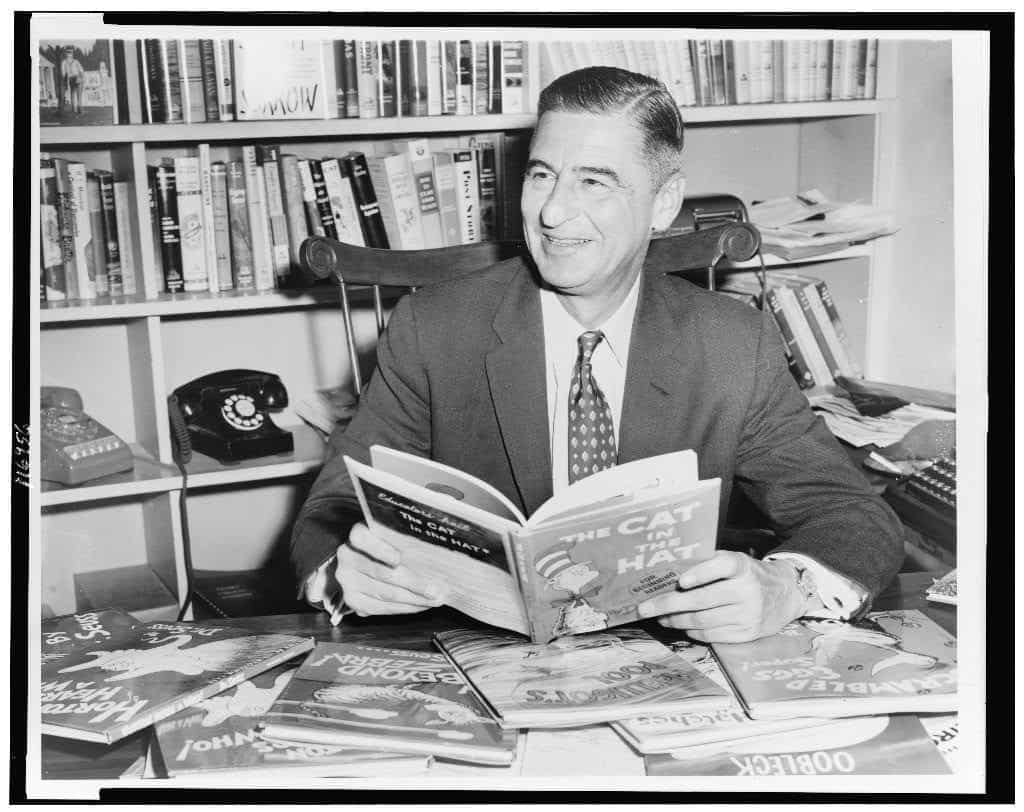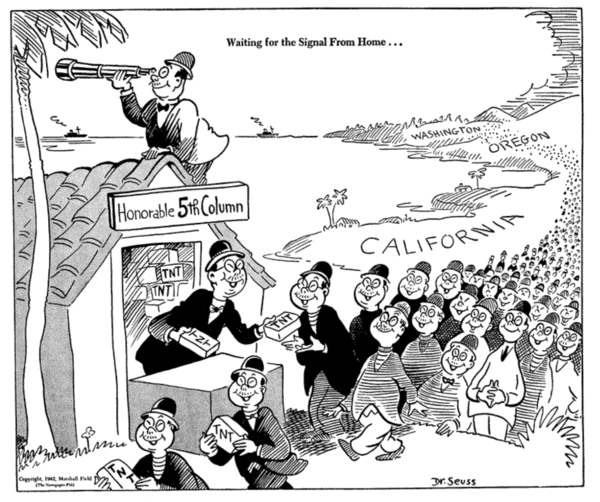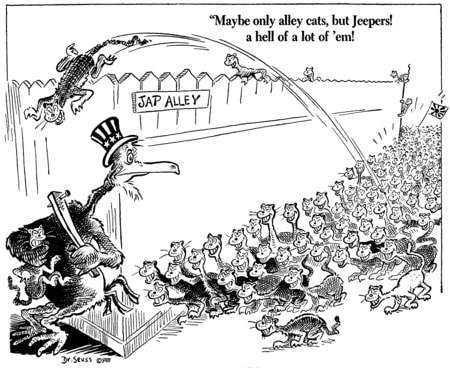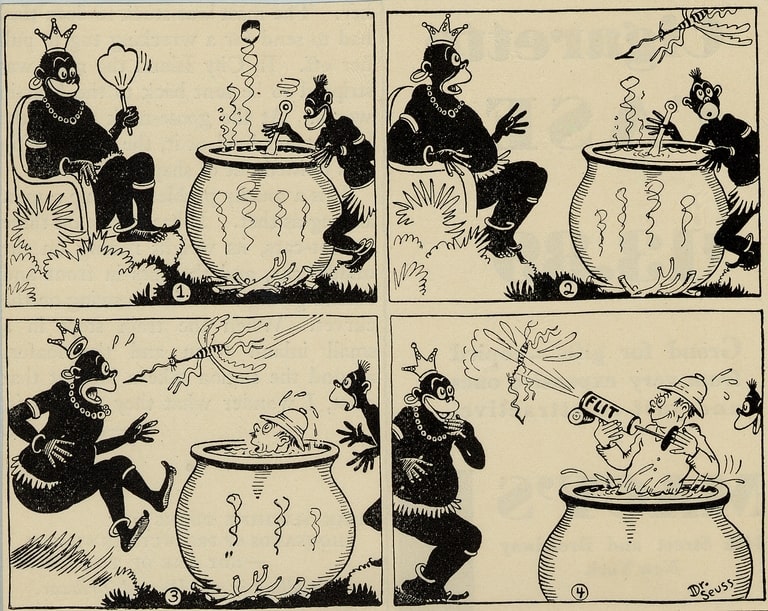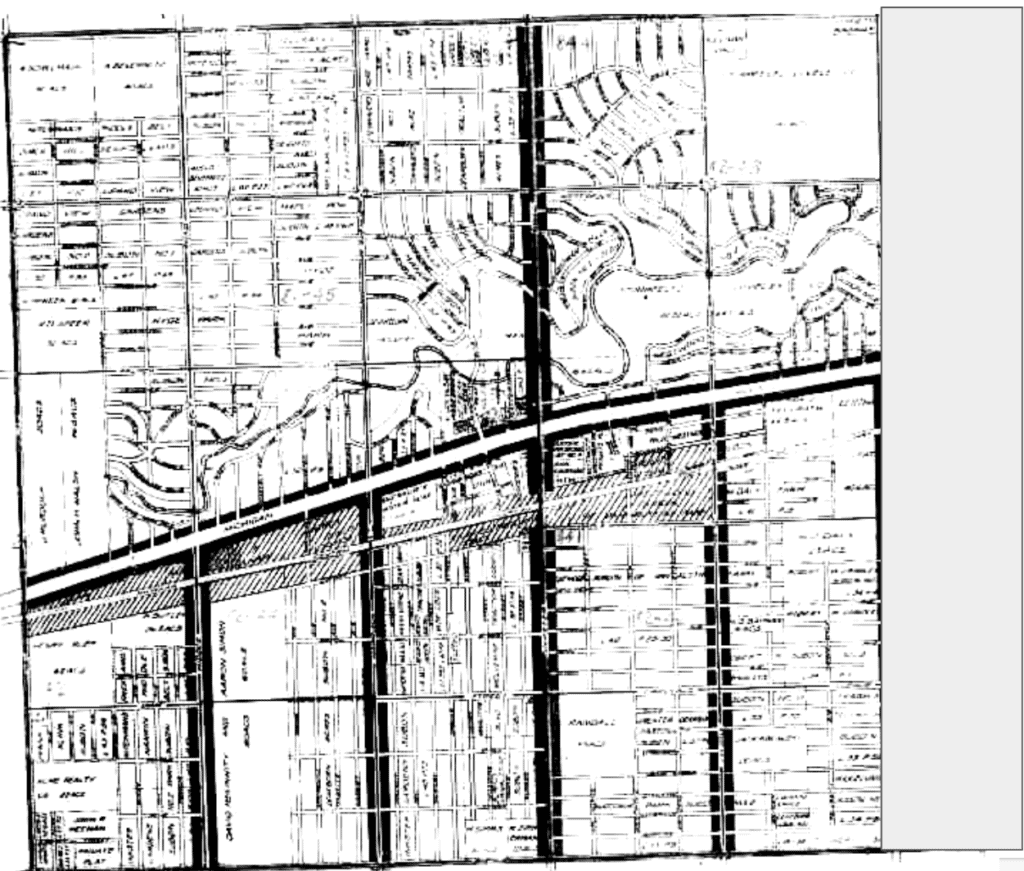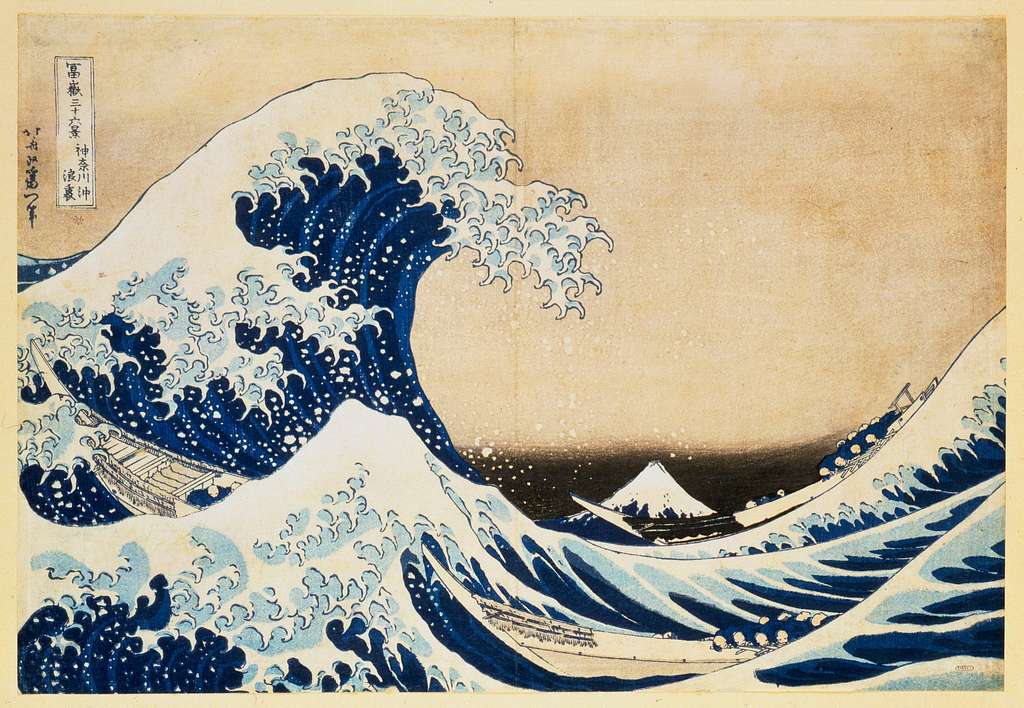Featured image from PICRYL. Coffee has been a lifesaver this term!
Project Showcase
To begin this portfolio, I want to highlight my final project for this class. The parameters of this project were to create an engaging history lesson, so I took inspiration from one of my favorite units in my student teaching experience. A couple of months ago, my students did a group read out of a chapter from Howard Zinn’s A People’s History of the United States about Christopher Columbus. The group read culminated in a Socratic Seminar that had students discuss the following questions:
- Was Christopher Columbus a hero or a villain?
- What standards are around today that he violated?
- Is he guilty of war crimes or was he a product of his time?
My students rocked the group read and Socratic Seminar, and this left them wanting to do similar activities in the future where they look at historical figures with contested legacies. I remember learning about Dr. Seuss’ racist background in my undergraduate history studies and I realized he would be a great topic for a group read leading up to another Socratic Seminar. For the final project, I figured it was the perfect opportunity to plan for this ahead of time. I found a collection of Dr. Seuss’ most racist cartoons that have him overtly reinforcing white supremacy and advocating for Japanese internment. These cartoons feature horribly racist caricatures that are in Dr. Seuss’ iconic art style. Each cartoon has a set of scaffolding questions that were adapted from the Stanford History Education Group’s historical thinking chart. The idea behind this learning activity is to lead up to a Socratic Seminar where students discuss how the works of Dr. Seuss, as well as Dr. Seuss himself, be remembered in history. Please see the below attachment for the lesson I developed:
Guided Slides Research Activity
The next item that I want to highlight in my portfolio is a mini research project about Shintoism, Japanese feudalism, and culture during the Edo period. This learning activity pairs nicely with a unit on Japan (assuming the aforementioned topics were covered), but if this is not the case, there are two articles and a video that can provide context. In this learning activity, students are given a set of guided slides. Students are tasked with finding one picture for each of the aforementioned topics. Then, students explain how the picture they selected relates to the theme at hand. Students are able to find a historical or non-historical picture as long as they can relate it to the theme. Students then have to answer at least two sourcing questions from the Stanford History Education Group’s historical thinking chart. The guided slides have areas for students to insert their images, connect to the theme, and answer historical sourcing questions. There is a final slide for students to compile the pictures they find into a collage. Students are given an opportunity to share their work after independent work time. The idea behind this lesson is to have students engage in research and historical sourcing skills (can be applied to contemporary sources as well) that relate to themes covered in a unit on Japan. Please see the below attachment for this lesson:
My Own History Research
The final item I want to highlight in this portfolio is my own research about Dearborn Heights, Michigan, a Detroit suburb. Several months ago, my fiancé and I were looking at apartment listings in Michigan because we are moving there in May 2022. While we were browsing, I noticed that the boundary of Dearborn Heights was highly peculiar… I knew there had to be some interesting history behind it. Fortunately, I was given the chance to conduct some historical research in this course, so I took this opportunity to look into Dearborn Heights. I expected this to be an easy, already well-researched story, but this was not the case!
The story behind Dearborn Heights is enveloped in systemic racism in Michigan. Essentially, the incorporation of Dearborn Heights was a meditated, racial gerrymander. The reason why Dearborn Heights has such peculiar boundaries today is because a significant portion of it used to belong to a predominantly Black village (now a city) called Inkster. County planners annexed roughly 10 percent of Inkster as a part of Dearborn Height’s incorporation. The annexed parts of Inkster were in the eastern areas with the lowest Black population. This annexation was fought in two separate court cases, known as Inkster v. Board of Supervisors and Taylor v. Dearborn (plaintiffs representing Inkster in both cases) and they both ended in favor of the incorporation of Dearborn Heights.
Fig. 1. Present-day map of Dearborn Heights and Inkster that indicates the boundary in question. From Google Maps, boundary of Inkster and red arrows added by me.
Fig. 2. Same map as in fig. 1, but with markings to show what Inkster would look like with its older boundaries in relation to Dearborn Heights. From Google Maps, boundary of Inkster added by me.
To learn more, I highly encourage you to check out the below attachment with my research that includes court reporter analyses, a dive into Michigan statutes, and other primary sources relating to the topic:
Final Thoughts
Between all of my classes and student teaching, this was the most brutal semester I have had in college. Fortunately, I feel that most of my hard work paid off because I am much more confident in my abilities as an educator. As I read through the posts I made in this class, I see a definite increase in my abilities to create engaging history lessons. For my first post in this course, I was asked to write about an engaging lesson in my former history studies. I remembered a mini-research project that a U.S. History high school teacher had me do, and I identified that Self-Determination Theory (SDT) was why I liked the project so much. Given that I never had a history methodology course at the time of this post, the analysis of why I liked this project was very generalized and not social studies specific. While SDT was certainly a reason why I liked the project, I now know that there was so much more at play that contributed to my engagement. In addition to SDT, I used a variety of historical thinking skills that made the assignment much more meaningful and memorable. Now that I am more confident in my teaching abilities, it is my goal as an educator to create lessons that combine elements of SDT, historical thinking skills, as well as utilize the EdTech platforms I learned about in this course to make history as meaningful for my students as it was for me.


